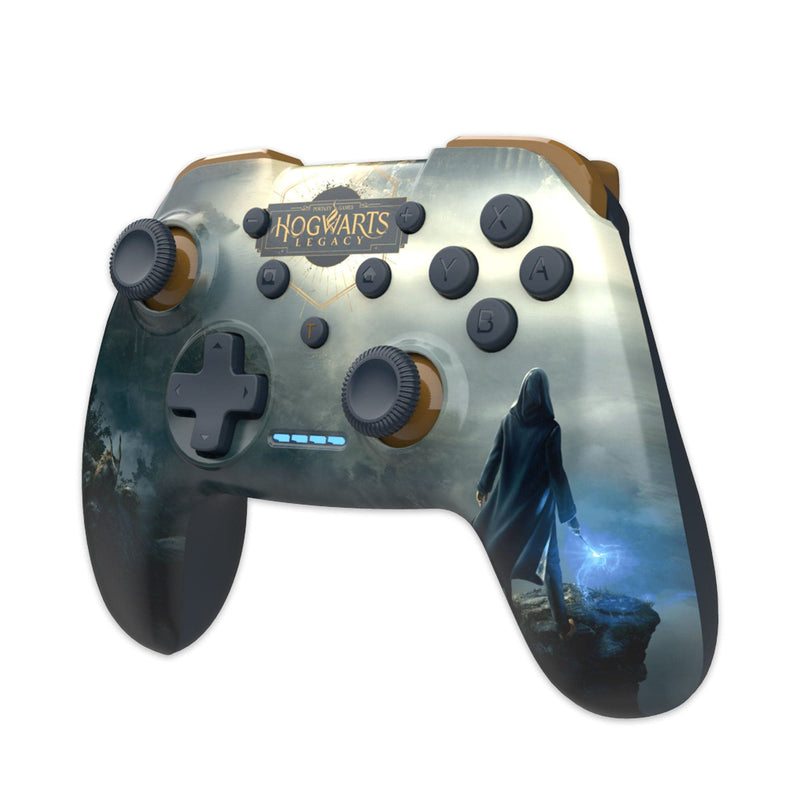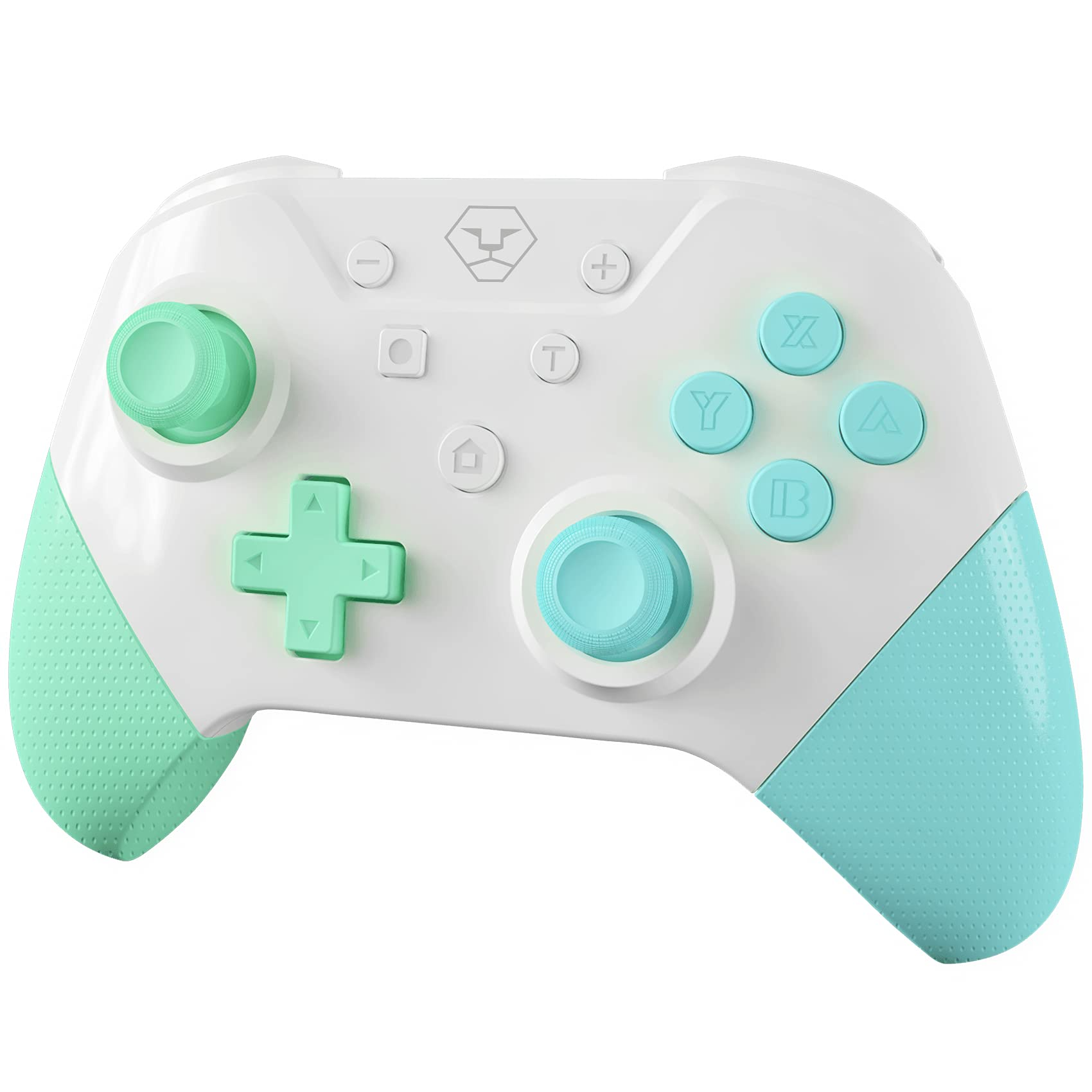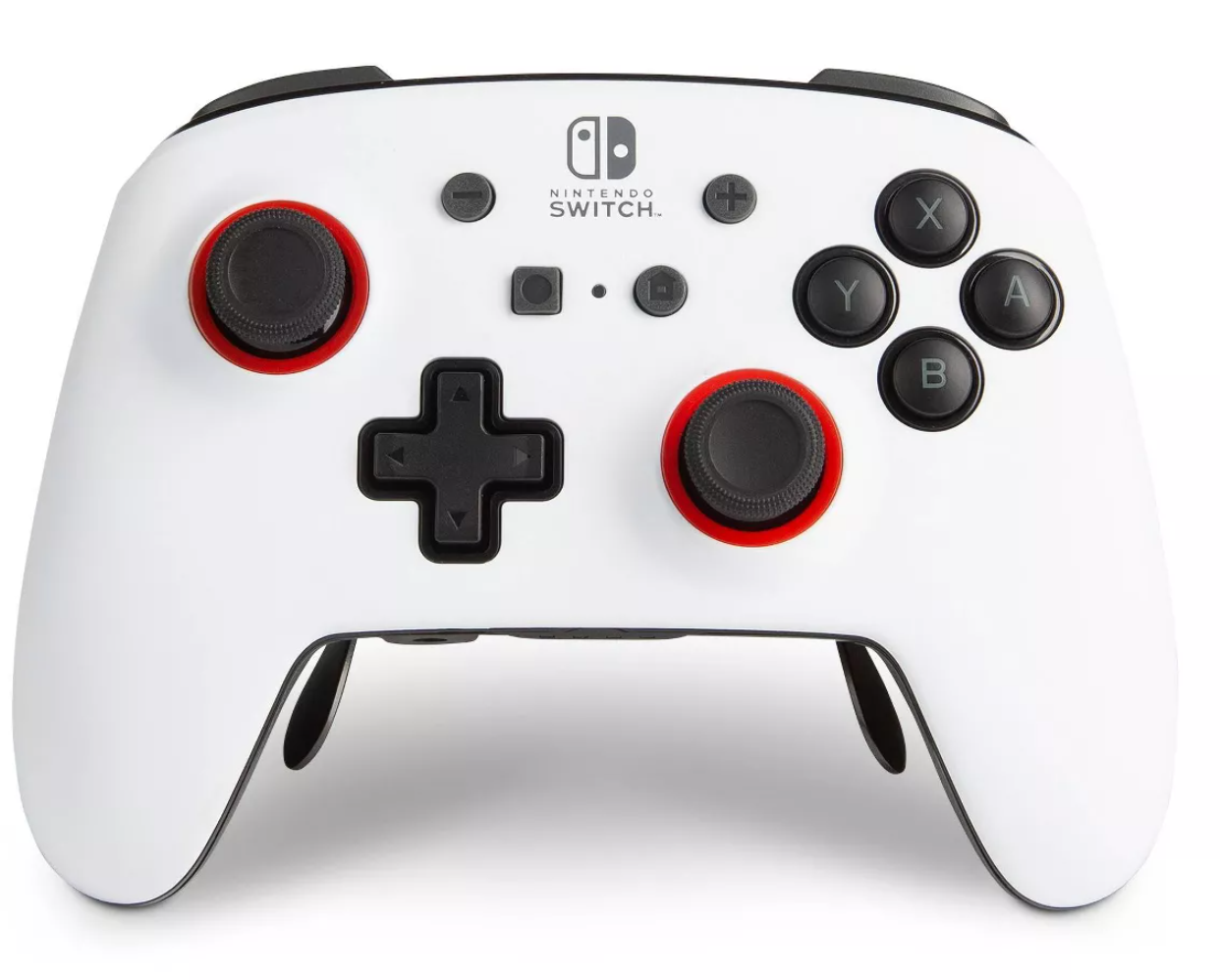Introduction to Wireless Switch Controllers
In the ever-evolving world of gaming technology, wireless switch controllers have emerged as a game-changing innovation, offering gamers unprecedented freedom and flexibility in their play experience. These advanced peripherals, designed specifically for use with Nintendo’s popular Switch console, have transformed the way we interact with our favorite games, eliminating the constraints of wired connections and ushering in a new era of seamless, untethered gaming.
The Advantages of Wireless Connectivity
Wireless switch controllers offer several key benefits over their traditional, wired counterparts:
- Freedom of Movement: With no cables to restrict your range of motion, wireless controllers allow you to play from any comfortable position within the operational range—usually around 30 feet (9 meters). This liberates gamers from being anchored to their TV or dock, enabling them to enjoy gaming sessions on the couch, in bed, or even outdoors (with a stable Wi-Fi connection).
- Improved Comfort and Ergonomics: Without wires to tangle or trip over, wireless controllers contribute to a clutter-free gaming environment, reducing distractions and enhancing overall comfort. Additionally, the absence of a cable often allows for more streamlined, ergonomic designs that better fit players’ hands and reduce strain during extended gaming sessions.
- Versatility and Multiplayer Flexibility: Wireless controllers can easily accommodate local multiplayer sessions without the need for additional adapters or lengthy cable setups. Players can join in from different parts of the room, fostering a more dynamic and immersive social gaming experience.
Types of Wireless Switch Controllers
Official Nintendo Switch Pro Controller
The official Nintendo Switch Pro Controller is a premium, first-party option designed by Nintendo itself. It boasts a familiar layout similar to other modern gamepads, with intuitive button placement, dual analog sticks, and built-in motion controls. The Pro Controller offers excellent build quality, long battery life (up to 40 hours), and seamless compatibility with all Switch games. While it may come with a higher price tag compared to third-party alternatives, its reliability, performance, and official support make it a top choice for many dedicated Switch enthusiasts.
Third-Party Wireless Controllers
Numerous third-party manufacturers produce wireless controllers for the Nintendo Switch, offering a wide variety of styles, features, and price points. Some popular options include:
- PowerA Enhanced Wireless Controllers: These controllers provide an affordable alternative to the official Pro Controller, with a similar design and features like motion controls, mappable buttons, and amiibo functionality. Battery life may vary, but typically ranges between 20 to 30 hours.
- 8BitDo Controllers: Known for their retro-inspired designs, 8BitDo offers wireless controllers in various shapes and sizes, including SNES-style pads, arcade sticks, and even a GameCube-inspired controller. Many models feature customizable button mapping, vibration feedback, and compatibility with other platforms like Windows, macOS, and Android.
- Other Brands: Companies like Hori, PDP, and Nacon also offer wireless Switch controllers with unique features such as compact designs, programmable buttons, or specialized control schemes tailored for specific genres (e.g., fighting games or racing titles).
Key Features to Consider When Choosing a Wireless Switch Controller
When selecting a wireless controller for your Nintendo Switch, consider the following factors to ensure the best fit for your gaming needs:
Compatibility and Connectivity
Ensure that the controller you choose is explicitly compatible with the Nintendo Switch and supports wireless connectivity via Bluetooth or a proprietary wireless protocol. Check for any potential issues with firmware updates or incompatibilities with specific games.
Battery Life and Charging Options
Consider the controller’s battery capacity and estimated playtime on a single charge. Look for models with rechargeable batteries and convenient charging methods, such as USB-C or a docking station. Some controllers may also offer quick charging capabilities or low battery indicators.
Button Layout, Customization, and Additional Features
Evaluate the controller’s button layout, size, and shape to ensure it feels comfortable in your hands and suits your preferred gaming style. Consider whether the controller offers features like programmable buttons, vibration feedback, motion controls, NFC support for amiibo, or interchangeable faceplates for personalization.
Build Quality and Durability
Investigate the materials used in the controller’s construction, user reviews regarding durability, and any warranty or customer support offered by the manufacturer. A well-built controller should withstand regular use and potentially accidental drops without compromising performance.
Price and Value
Balance your budget against the features, performance, and brand reputation of the controller you’re considering. While the official Nintendo Switch Pro Controller may offer the highest level of quality and compatibility, third-party options can provide excellent value for money, especially if you don’t require all the bells and whistles.
Maintaining and Troubleshooting Your Wireless Switch Controller
To ensure optimal performance and longevity of your wireless Switch controller, follow these maintenance tips and troubleshooting steps:
Regular Cleaning
Clean your controller periodically using a microfiber cloth to remove dust and fingerprints. For deeper cleaning, use a soft-bristled brush or compressed air to dislodge debris from crevices. Avoid using harsh chemicals or liquid cleaners that could damage the controller’s components.
Firmware Updates
Keep your controller’s firmware up to date to ensure compatibility with the latest Switch software and games. Check the manufacturer’s website or the Nintendo Support page for instructions on how to update your specific controller model.
Connectivity Issues
If you experience connectivity problems, try the following troubleshooting steps:
- Restart both your Switch console and the controller.
- Ensure the controller’s batteries are charged or replace them if necessary.
- Move closer to the console, as interference or distance might be affecting the wireless signal.
- Reset the controller by following the manufacturer’s instructions, usually involving holding specific buttons for a few seconds.
- If using multiple wireless devices, temporarily disable or move away any potential sources of interference, such as Wi-Fi routers, microwaves, or other Bluetooth devices.
Warranty and Customer Support
Should you encounter persistent issues or hardware defects, consult the manufacturer’s warranty policy and contact their customer support for assistance. Keep your receipt or proof of purchase, as well as any relevant serial numbers or product codes, readily available for warranty claims.
Conclusion
Wireless switch controllers have undeniably reshaped the gaming landscape, providing gamers with unparalleled convenience, comfort, and versatility. Whether you opt for the official Nintendo Switch Pro Controller or explore the diverse array of third-party offerings, investing in a high-quality wireless controller will undoubtedly enhance your overall Switch experience. By carefully considering factors such as compatibility, battery life, features, and build quality, you can find the perfect wireless controller to suit your gaming preferences and budget, ensuring countless hours of seamless, wire-free enjoyment on your beloved Nintendo Switch.





